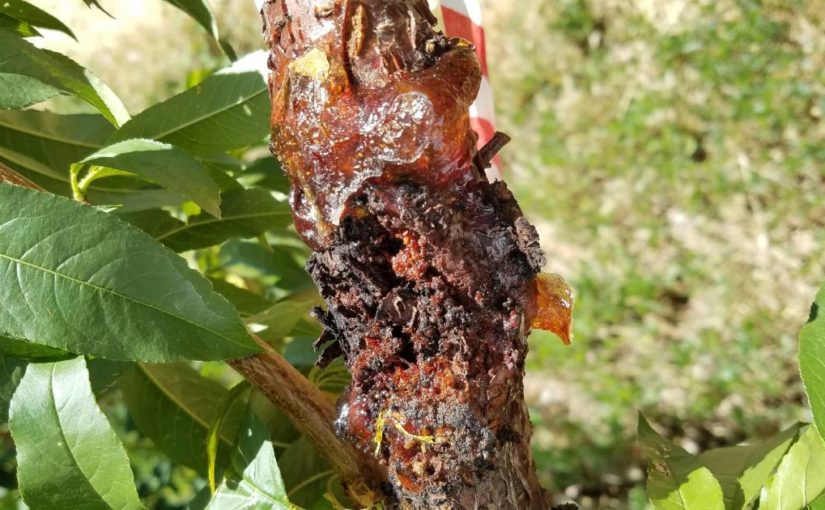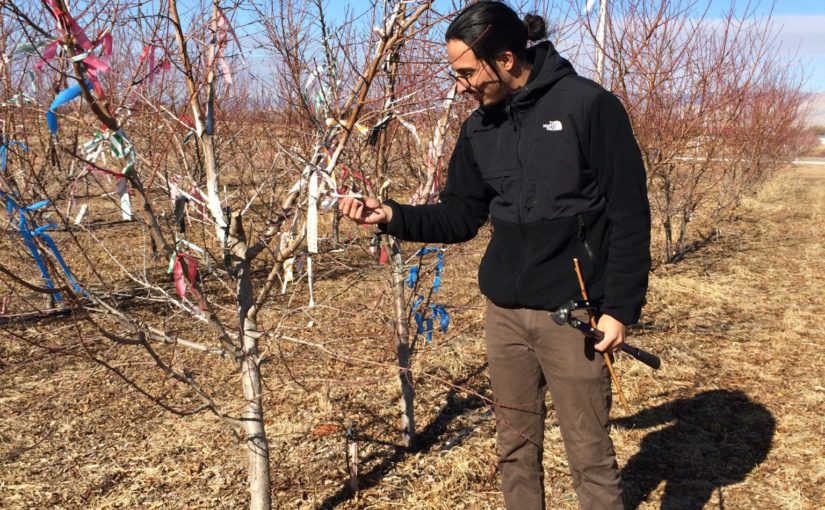

NIFA is also supporting research by Stewart and colleague Dana Hoag of the Department of Agricultural and Resource Economics to provide new insights into the economic feasibility of various management practices. The work will illuminate tradeoffs of different choices like spraying trees with pesticides versus planting new ones.
“We are looking at combatting this disease from a molecular standpoint, as well as from cultural practices of growers,” Stewart said.
Long battle
The work being undertaken builds on a long history of fighting the Cytosporapathogen in Colorado for Stewart, in collaboration with researchers at the Western Colorado Research Center in Grand Junction, in the heart of peach country. While Cytospora has created problems for peach growers since the 1950s, it has exacerbated over time and is now halving the lives of peach trees, which used to be in the ground for 40 years but now average around 20, Stewart said.


Several years ago, Stewart and colleagues collected isolates from different orchards and found that Colorado peach orchards are impacted primarily by only one species of the fungus, Cytospora plurivora, while in other areas of the country, the species prevalence is more diverse.
Stewart and graduate student Stephan Miller then developed a chemical treatment plan for farmers and fact sheets about the pathogen, in an effort to keep infections from killing trees before cankers take hold.
With the new funding, Stewart and graduate student Sean Wright are extending that work by combiningexpertise in fungal biology and population genomics with observations of farmers’ habits for managing the disease, and how those habits could be changed for the better in areas like watering techniques, chemical treatments and mulching.
– Anne Manning, Colorado State University















